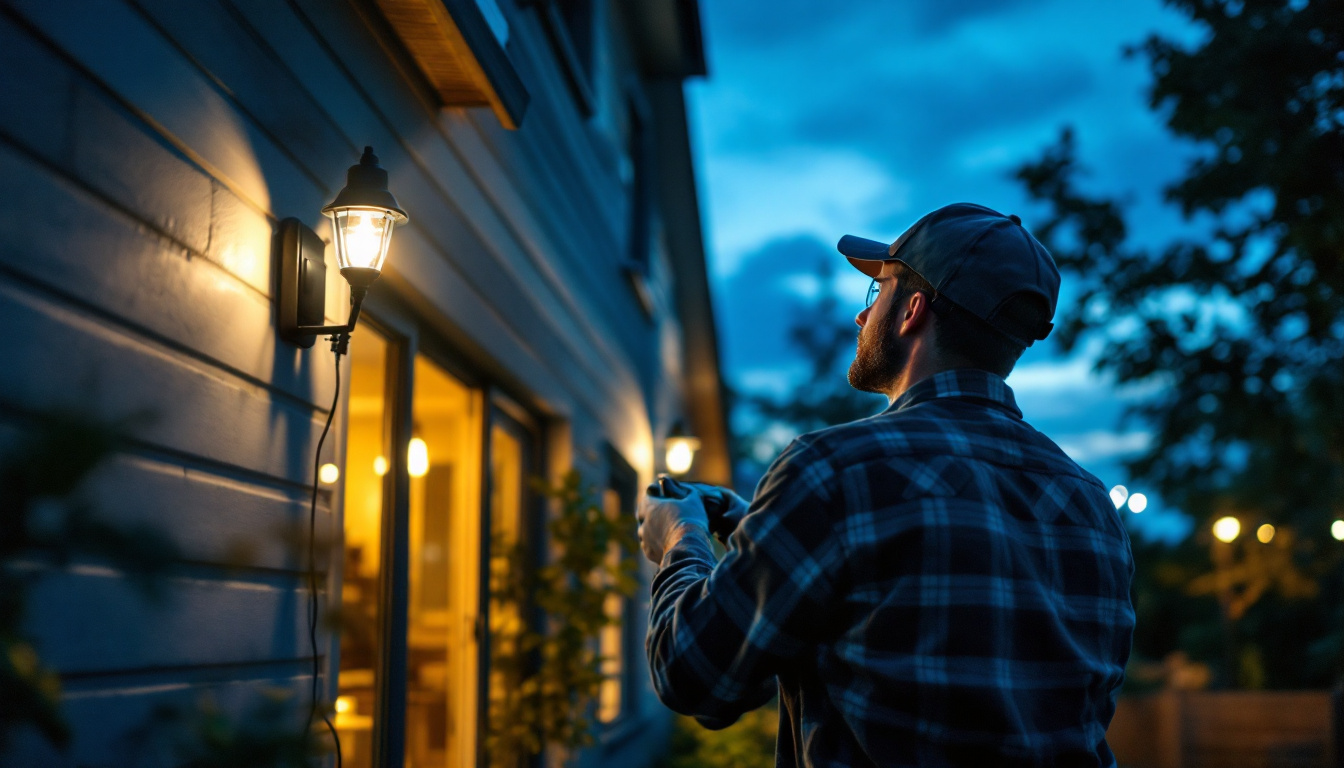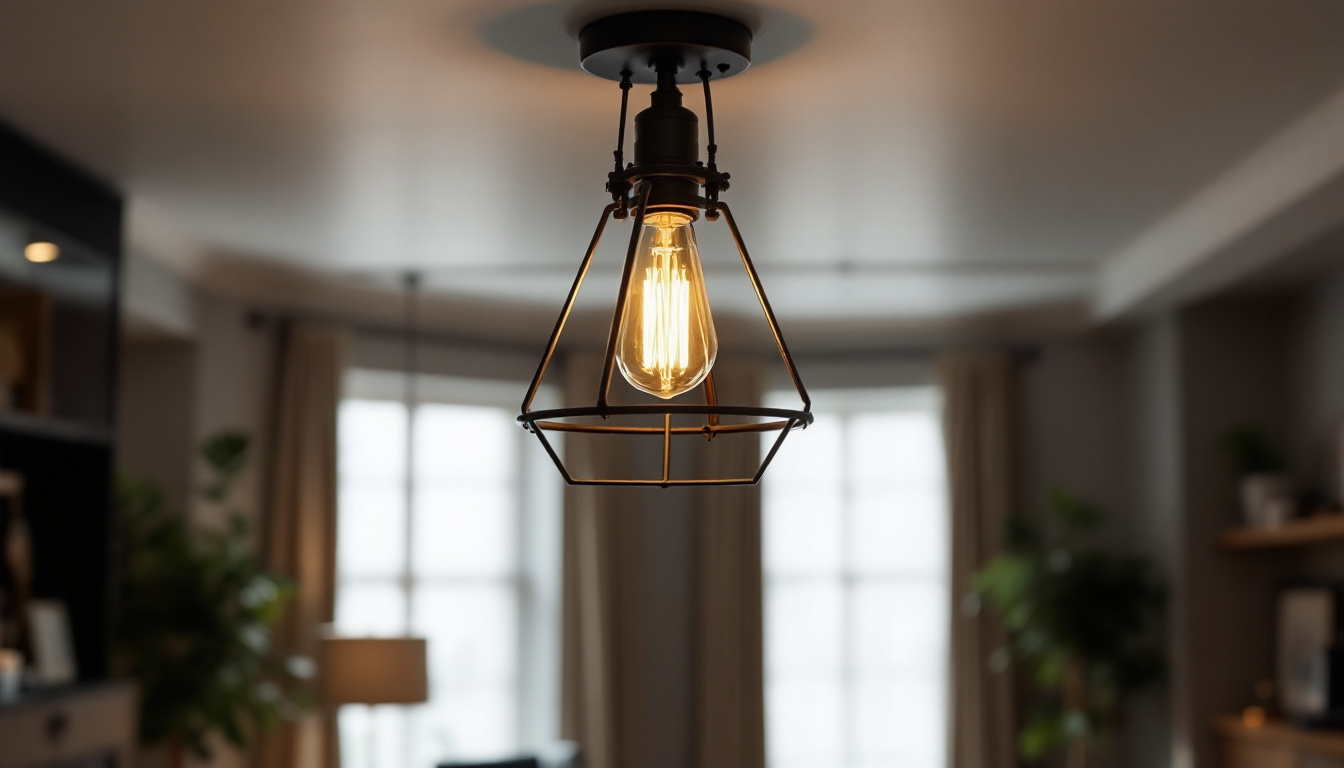

As the demand for sustainable and energy-efficient lighting solutions continues to grow, solar strip lights have emerged as a popular choice for outdoor applications. For lighting contractors, understanding the nuances of solar strip lights is essential to providing clients with the best options available. This article delves into the important aspects of solar strip lights, their benefits, installation considerations, and maintenance tips.
Solar strip lights are flexible LED lighting solutions powered by solar energy. They are designed to be installed outdoors, providing illumination for pathways, gardens, patios, and other outdoor spaces. The lights are typically equipped with solar panels that convert sunlight into electricity, which is stored in batteries for nighttime use. This eco-friendly alternative to traditional lighting not only reduces electricity bills but also minimizes the carbon footprint, making it a popular choice among environmentally conscious consumers.
To fully appreciate solar strip lights, it is crucial to understand their main components. The primary elements include:
Understanding these components helps contractors recommend the best products based on their clients’ needs and the specific outdoor environment. For instance, in areas with prolonged cloudy weather, selecting lights with higher battery capacity and efficient solar panels can ensure consistent performance.
Solar strip lights come in various types, each suited for different applications. Some common types include:
Choosing the right type of solar strip light is crucial for ensuring longevity and effectiveness in outdoor settings. Additionally, many solar strip lights now come with customizable features, such as color-changing options and programmable timers, allowing users to tailor their lighting to suit different occasions or moods. This versatility has made solar strip lights a favored choice for outdoor events, holiday decorations, and even everyday landscaping enhancements.
Solar strip lights offer numerous advantages, making them an attractive option for both contractors and clients. Understanding these benefits can help contractors sell these products more effectively.
One of the most significant benefits of solar strip lights is their energy efficiency. Since they operate on solar power, they do not contribute to electricity bills, making them a cost-effective solution in the long run. This is particularly appealing to clients looking to reduce their energy consumption.
Using solar energy reduces reliance on fossil fuels, contributing to a lower carbon footprint. For environmentally conscious clients, solar strip lights represent a sustainable choice that aligns with their values.
Solar strip lights are generally easy to install, requiring no hardwiring or electrical expertise. This can save time and labor costs for contractors, allowing for quicker project turnaround. Additionally, many solar strip lights come with adhesive backing or mounting hardware, simplifying the installation process further.
While solar strip lights are easy to install, there are several considerations that contractors should keep in mind to ensure optimal performance and client satisfaction.
Choosing the right location for solar strip lights is critical. The lights should be installed in areas that receive ample sunlight throughout the day. Contractors should assess the site for potential obstructions, such as trees or buildings, that could cast shadows on the solar panels.
It is also advisable to consider the orientation of the solar panels. Ideally, they should face south in the northern hemisphere to maximize sun exposure. This attention to detail can significantly impact the lights’ performance and longevity.
Understanding the battery capacity of solar strip lights is essential for ensuring they meet the client’s needs. The battery should be able to store enough energy to power the lights for the desired duration each night. Contractors should evaluate how long the lights will need to operate after sunset and choose products with appropriate battery specifications.
Given that these lights are intended for outdoor use, selecting products with adequate weather resistance is crucial. Contractors should look for solar strip lights that are rated for outdoor conditions, including rain, snow, and extreme temperatures. This ensures durability and reduces the likelihood of product failure.
Dust, dirt, and debris can accumulate on solar panels, reducing their efficiency. Contractors should advise clients to regularly clean the solar panels with a soft cloth or sponge to ensure optimal sunlight absorption. This simple maintenance step can significantly extend the lifespan of the lights.
Over time, the batteries in solar strip lights may lose their ability to hold a charge. Contractors should inform clients about the signs of battery degradation, such as dimming lights or shorter operating times. Replacing the batteries as needed will help maintain the lights’ performance.
Encouraging clients to conduct seasonal checks can prevent issues before they arise. This includes inspecting the lights for any damage, ensuring the solar panels are clear of obstructions, and testing the functionality of the lights. Regular checks can help identify problems early, allowing for timely repairs or replacements.
With numerous options available in the market, selecting the right solar strip lights can be overwhelming. Contractors should consider several factors to make informed decisions.
Investing in high-quality solar strip lights from reputable brands can make a significant difference in performance and durability. Contractors should research brands, read reviews, and consider products that come with warranties to ensure client satisfaction.
The brightness of solar strip lights is typically measured in lumens. Contractors should assess the lighting needs of each project and choose products that provide adequate illumination. Additionally, considering the color temperature is essential, as it can affect the ambiance of the outdoor space. Warmer temperatures create a cozy atmosphere, while cooler temperatures offer a more modern feel.
Depending on the installation requirements, the flexibility and length of the solar strip lights can be crucial. Contractors should consider whether the lights need to bend around corners or cover long distances. Selecting the right length and flexibility will ensure a seamless installation that meets the client’s vision.
Solar strip lights can be utilized in various outdoor settings, making them a versatile choice for contractors. Understanding the different applications can help contractors provide tailored solutions to clients.
Solar strip lights are ideal for illuminating pathways, providing safety and visibility for pedestrians. They can be installed along walkways, driveways, and garden paths, enhancing the overall aesthetics while ensuring safety during nighttime.
In gardens and landscaped areas, solar strip lights can highlight plants, trees, and decorative features. They can be used to create focal points, accentuating the beauty of outdoor spaces while enhancing the nighttime ambiance.
For patios and decks, solar strip lights can create an inviting atmosphere for outdoor gatherings. They can be installed along railings, steps, or under furniture to provide subtle illumination that enhances the overall experience.
The solar lighting industry is continually evolving, with advancements in technology leading to improved performance and efficiency. For lighting contractors, staying informed about these developments is essential for providing clients with the best solutions.
As technology progresses, solar strip lights are becoming more efficient and versatile. Innovations such as integrated smart technology allow for remote control and automation, enabling users to customize their lighting experience. Contractors should keep an eye on these advancements to offer cutting-edge solutions to their clients.
With the rise of smart home technology, solar strip lights can now be integrated into broader home automation systems. This allows clients to control their outdoor lighting through smartphones or voice-activated devices. Understanding these integrations can position contractors as knowledgeable professionals in the evolving landscape of lighting solutions.
Solar strip lights represent a sustainable and versatile lighting solution for outdoor applications. For lighting contractors, understanding the intricacies of these products is essential for providing clients with informed recommendations. By considering factors such as installation, maintenance, and application, contractors can enhance their service offerings and contribute to a greener future.
As the market for solar lighting continues to grow, staying updated on technological advancements and industry trends will ensure that contractors remain competitive and capable of meeting their clients’ needs effectively.
Ready to elevate your lighting projects with the most efficient and sustainable solar strip lights on the market? Look no further than LumenWholesale. We offer contractors an exceptional range of spec-grade lighting products that meet the highest industry standards, all at unbeatable wholesale prices. Say goodbye to local distributor markups and hello to premium lighting solutions that don’t break the bank. Plus, with free shipping on bulk orders, you can stock up on high-performance lighting without worrying about hidden fees. Make the smart choice for your business and your clients by choosing LumenWholesale, where quality, affordability, and convenience come together seamlessly. Discover our extensive selection and take advantage of the best value in wholesale lighting by visiting Wholesale Lighting at the Best Value today.

Discover essential best practices for lighting contractors working with linear high bay fixtures.

Discover essential insights and expert tips for lighting contractors in “Lamp Post: Lighting Contractors Should Know.” This article delves into the latest trends, technologies, and best practices in the industry, ensuring your projects shine brightly and efficiently.

Discover why staying informed about the latest outdoor flood light bulbs is crucial for lighting contractors.

Discover the pivotal role industrial style ceiling lights play for lighting contractors in transforming spaces.
Get notified when NEW deals are released.
Optimize your budget with wholesale discounts.
Only top-quality, specification-grade lighting products.
No additional costs at checkout - what you see is what you pay.
We understand the unique needs of contractors.